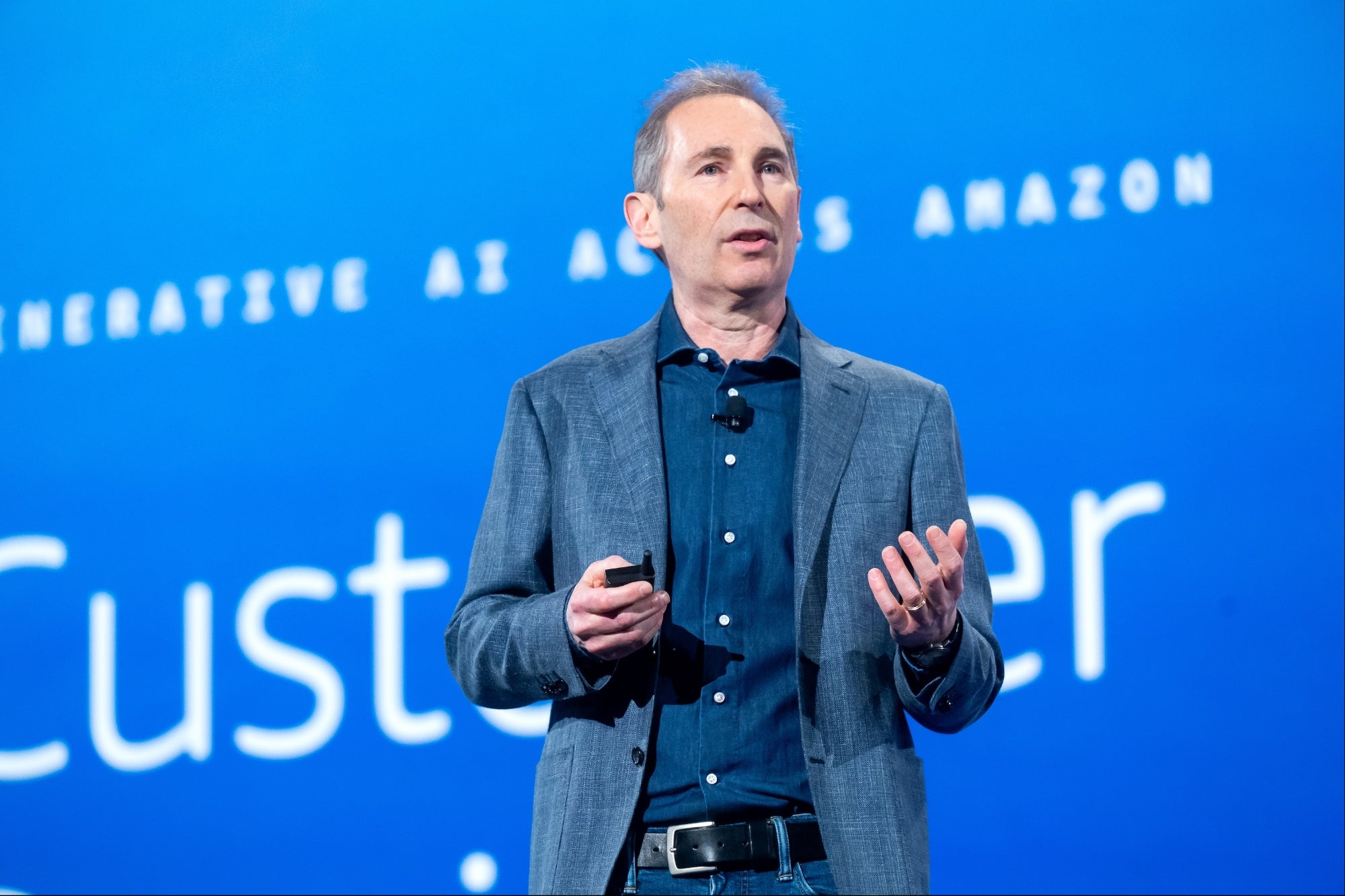How Verloop is Leveraging a Conversational Interface to Reach Customers at Scale Some of the company's prominent enterprise clients include Nykaa, Decathlon, Cleartrip, Flyin, Sobha and Apollo Munich
You're reading Entrepreneur India, an international franchise of Entrepreneur Media.

Blenders Pride Reserve Collection presented Entrepreneur India's 35Under35 2020 list which included some leading names from the field of entrepreneurship and Gaurav Singh made it to the coveted list.
Identifying the need for customer engagement for businesses across spectrums resulted in the birth of Verloop. This is when we switched to our current B2B model, while still using the underlying technology from the previous model. The extensive use of WhatsApp and increasing internet penetration in India made Gaurav Singh put on his thinking cap when he realized that these first-generation users would expect businesses to engage with them on a medium they were most comfortable with — messaging.
"Initially, our model was a B2C one, where we were directly using the AI-enabled chatbot to engage with consumers and help them with online transactions. However, we realized that there was a bigger problem waiting to be solved. This is when we switched to our current B2B model, while still using the underlying technology from the previous model," he shares.
Superlative Customer Experience
Founded in 2015, Verloop is a conversational engagement automation platform that has built AI products to help companies reach their customers in a faster and more accurate way. As the quality of customer experience is still dependent on human intervention to a large extent, companies need to employ far too many resources, which is a massive drain on profitability.
Singh mentions, "From selling travel insurance plans via a bot on WhatsApp to helping customers buy credit cards by talking to a chatbot on the website, to providing customer support through a Facebook Messenger bot, Verloop's platform is extremely versatile — leveraging a conversational interface to reach customers at scale, round the clock."
Verloop has a number of enterprise clients in industries like eCommerce, real estate and BFSI — some prominent ones being Nykaa, Decathlon, Cleartrip, Flyin, Sobha, and Apollo Munich. It also raised a Pre-Series A round of $3 million last year, led by IDFC Parampara Fund and seeing participation from some of the biggest angels in the business.
Singh feels that the major growth in AI chatbots is going to come from improved Natural Language Processing (NLP)— especially when it comes to local languages. The other major trigger, according to him, is the emerging channels of communication— so more and more customer engagement will now be on channels like WhatsApp and Instagram.
Monumental Year
In 2019, Verloop entered two new geographies — the Middle East and Southeast Asia— and very quickly found traction in both. In the Middle East, it signed on six out of the top 10 real estate builders. The company also witnessed a jump in revenue of over 280 per cent and significant expansion in team as it has grown to 36 members from just 12 last year.
(This article was first published in the February 2020 issue of Entrepreneur Magazine. To subscribe, click here)











